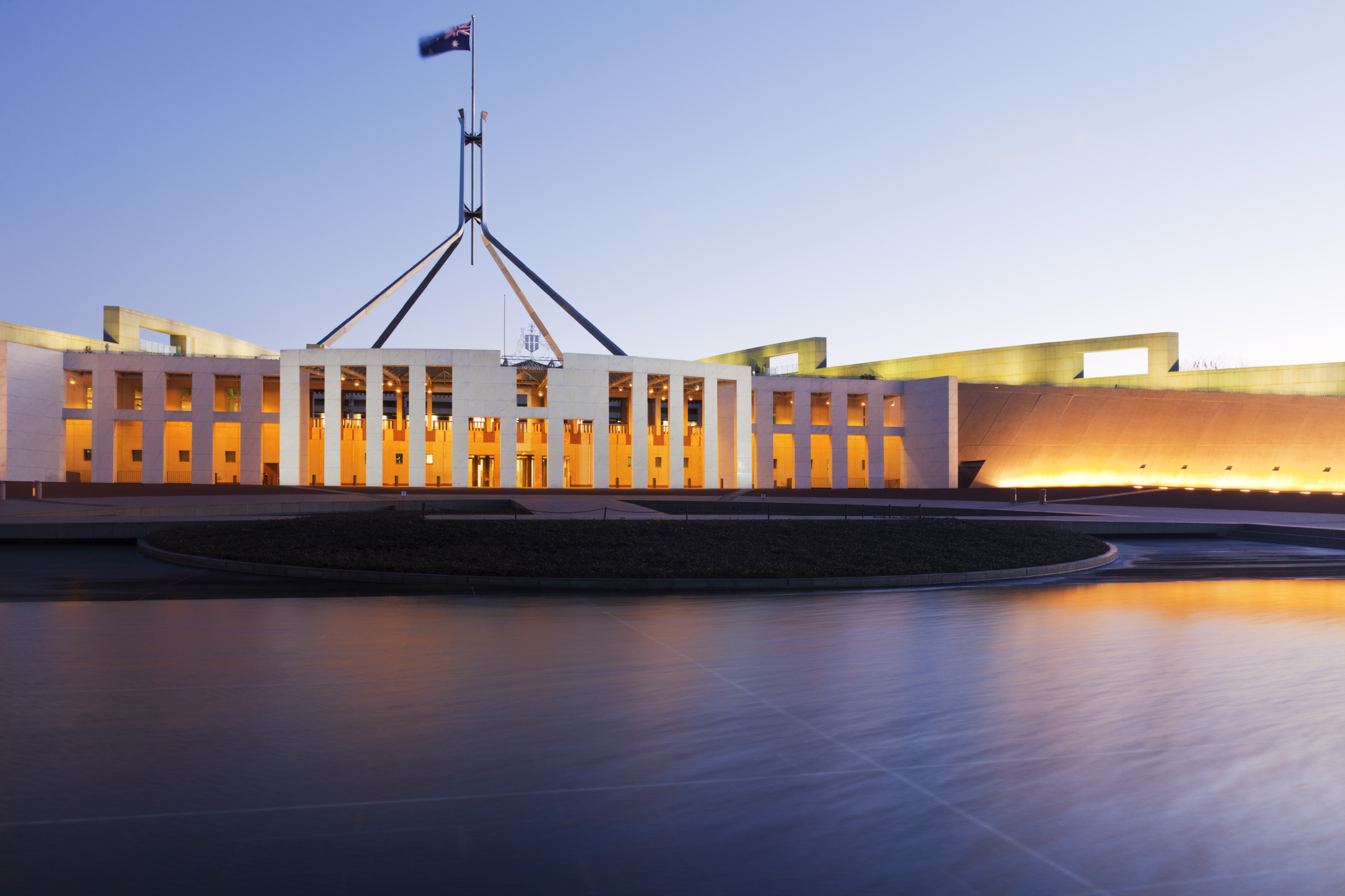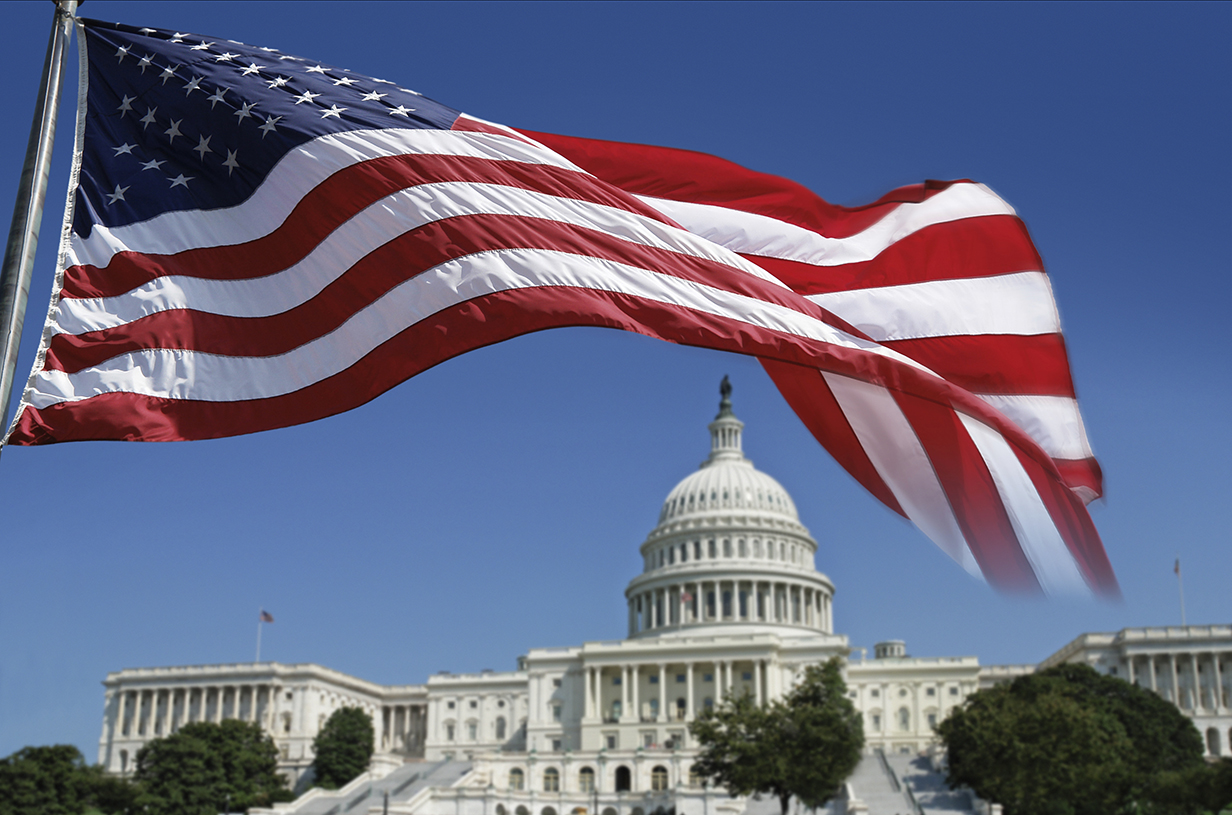Government and Politics
Government and Politics
Understanding US presidential and congressional politics can be challenging for Australians. This is equally true of Americans with our limited understanding of the Australian political system, parliamentary politics and the notion of ruling Coalition and Shadow Cabinet officials. Yet, whether an observer or active player in the “sport” of politics it is critical for both sides to have a deep understanding of the respective legislative, regulatory and executive branch processes that drive policy formulation and implementation.
What both sides agree on — is that politics is about making hard choices that have domestic and international implications. We also agree “all politics is local”; to understand the U.S. system requires understanding how national issues are impacted by state and local politics. Finally, we agree that successful political leaders and relationships are based on trust and openness.
Understanding and articulating how the U.S. system works and making introductions to players in front of the camera and behind the scenes to our Australian friends and colleagues is a critical part of the AAC mission. And we do it all the time – from those who have been and are active participants in the arena. It’s important for the future of our respective countries.
As the U.S. enters its next federal presidential and congressional cycle much is at stake. Does the U.S. maintain its “pivot” to Asia-Pacific and what are the financial and human implications? How do U.S. domestic regulations impact the ability for Australians to invest in the U.S.? How does the U.S. government encourage innovation and agility in government contracting? Many of the policy answers will be determined by our presidential election scheduled for November 2016. Just as important, a significant number of US Senate seats will also be up for grabs, and the House of Representatives will also be in play. In sum, our political ‘silly season’ has started.
Questions related to our political system are central to understanding our polity. What are the SuperPACs and how do these organizations influence the presidential and congressional races? What is the implication of the recent Supreme Court ruling related to campaign financing? How does Big Data and micro-targeting determine the outcome of races? How does the Electoral College really work and what are the implications when only some states determine the outcome of the Republican-Democratic presidential contest? What do the changing demographics have to do with voting outcomes?
Regardless of the results of the contests one thing will not change – the enduring nature of the relationship will continue to mature and evolve. The AAC has and will continue to play a leading role in creating avenues for backchannel, informal discussions for our Australian friends whether in the government or the private sector. Bipartisan in nature and committed to ensuring that all Australian political parties have a deep understanding of “who’s who in the zoo” remains a core tenet of our efforts.



